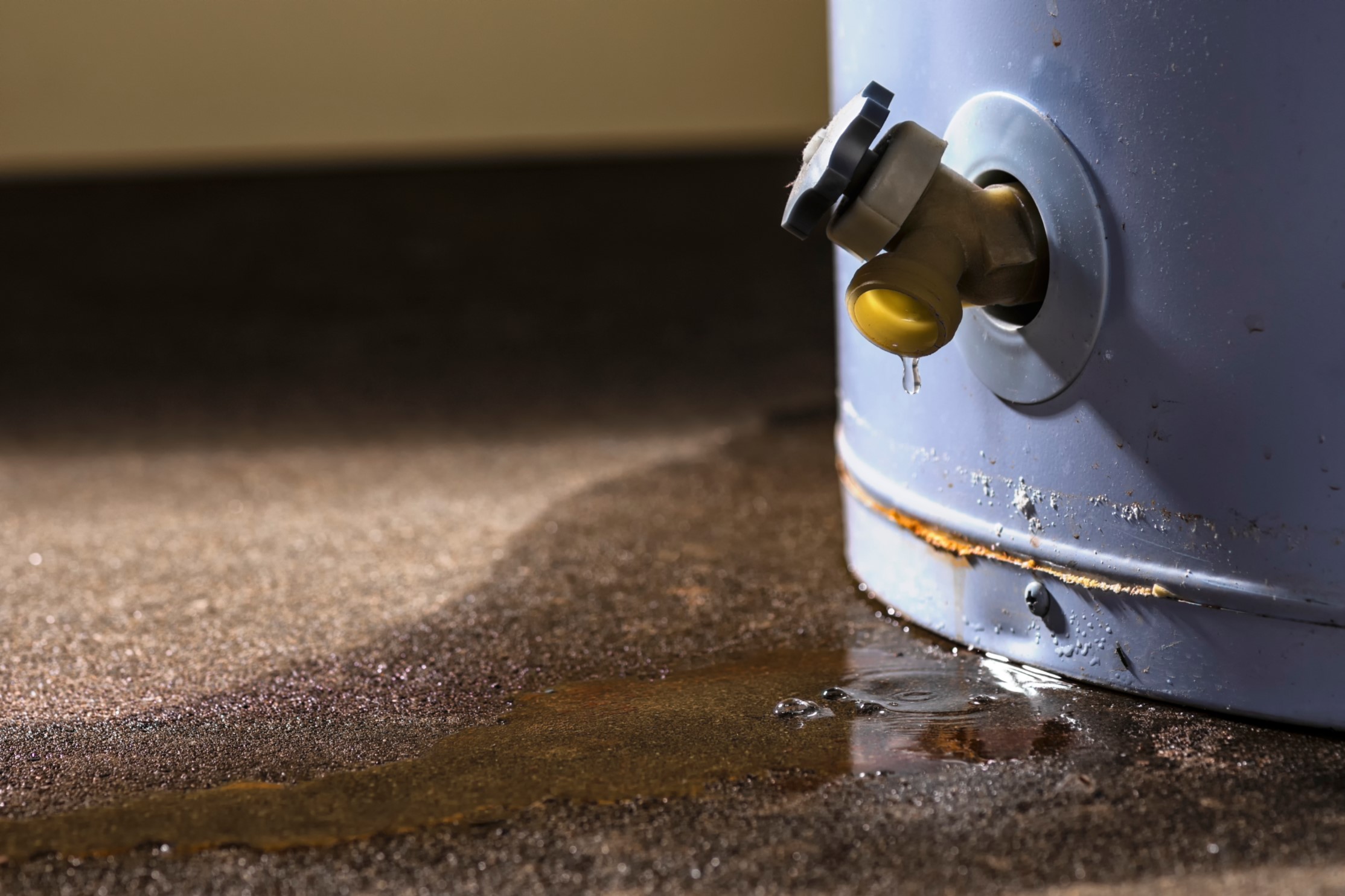Steps to Properly Maintain Your Home's Hot Water System
Steps to Properly Maintain Your Home's Hot Water System
Blog Article
This article on the next paragraphs pertaining to Tips on Maintaining a Water Heater is truly stimulating. Don't overlook it.

Warm water is important for day-to-day comfort, whether it's for a revitalizing shower or washing recipes. To ensure your warm water system runs successfully and lasts longer, normal maintenance is essential. This write-up gives useful ideas and understandings on how to preserve your home's warm water system to stay clear of disruptions and costly repair services.
Intro
Maintaining your home's hot water system may appear challenging, however with a few basic actions, you can guarantee it operates smoothly for many years ahead. This overview covers every little thing from understanding your hot water system to DIY upkeep pointers and knowing when to hire expert help.
Value of Keeping Your Warm Water System
Normal upkeep not just extends the lifespan of your warm water system yet also ensures it operates efficiently. Overlooking maintenance can result in decreased performance, greater power costs, and also early failing of the system.
Indications Your Warm Water System Requirements Upkeep
Understanding when your warm water system requires interest can stop major concerns. Keep an eye out for indications such as irregular water temperature level, odd sounds from the heater, or rustic water.
Flushing the Hot Water Heater
Flushing your hot water heater gets rid of debris build-up, improving efficiency and prolonging its life.
Monitoring and Changing Anode Rods
Anode poles stop rust inside the storage tank. Evaluating and changing them when worn is important.
Complicated Issues Requiring Professional Aid
Instances consist of major leaks, electrical troubles, or if your hot water heater is regularly underperforming.
Routine Professional Maintenance Conveniences
Specialist maintenance can include thorough examinations, tune-ups, and making sure compliance with safety criteria.
Checking and Changing Temperature Level Setups
Adjusting the temperature level settings makes certain ideal performance and safety and security.
DIY Tips for Upkeep
You can do several maintenance tasks on your own to keep your warm water system in top problem.
Checking for Leakages
Routinely evaluate pipes and links for leaks, as these can bring about water damage and greater expenses.
Comprehending Your Hot Water System
Prior to diving into maintenance jobs, it's valuable to understand the fundamental elements of your hot water system. Normally, this includes the hot water heater itself, pipelines, anode rods, and temperature level controls.
Monthly Upkeep Tasks
Normal monthly checks can assist capture minor concerns before they intensify.
Examining Pressure Relief Valves
Examining the pressure relief valve guarantees it functions properly and protects against excessive pressure build-up.
Insulating Pipelines
Shielding hot water pipelines reduces warmth loss and can save energy.
When to Call a Professional
While do it yourself upkeep is advantageous, some problems call for specialist know-how.
Final thought
Regular upkeep of your home's warm water system is important for effectiveness, longevity, and expense financial savings. By following these pointers and knowing when to seek expert help, you can ensure a trustworthy supply of warm water without unexpected disruptions.
How to Maintain an Instant Hot Water Heater
Before tinkering with your hot water heater, make sure that it’s not powered on. You also have to turn off the main circuit breaker and shut off the main gas line to prevent accidents. Also turn off the water valves connected to your unit to prevent water from flowing into and out of the appliance. 2. When you’re done, you have to detach the purge valves’ caps. These look like the letter “T†and are situated on either side of the water valves. Doing so will release any pressure that has accumulated inside the valves while at the same time avoid hot water from shooting out and burning your skin. 3. When the purge valves’ caps are removed, you have to connect your hosing lines to the valves. Your unit should have come with three hoses but if it didn’t, you can purchase these things from any hardware or home repair shops. You can also get them from retail stores that sell water heating systems. Read the user’s manual and follow it to complete this task properly. When the hosing lines are connected, open the purge port’s valves. 4. You should never use harsh chemical cleaners or solutions when cleaning your unit. Make use of white vinegar instead. It should be undiluted and you’ll probably use about 2 gallons. 5. Now flush your water heater. This task should probably take about 40 minutes. We can’t give you specific directions for this because the procedure is carried out depending on the type, model and brand of your heater. With that being said, refer to the user’s manual. 6. When you’re done draining the unit, you have to turn off the purge port valves again. Remove the hosing lines that you earlier installed on each of the water valves. Put the valve caps (purge port) back in their respective places and be very careful so as not to damage the rubber discs that are found inside these caps. 7. Now that everything’s back in place, check your user’s manual again to find out how to reactivate your water heating system. 8. Once it is working, turn one of your hot water faucets on just to let air pass through the heater’s water supply pipes. Leave the tap on until water flows smoothly out of it. https://www.orrplumbing.com/blog/2014/september/how-to-maintain-an-instant-hot-water-heater/

I'm very serious about What Kind of Maintenance Do Water Heaters Need? and I really hope you appreciated my blog posting. If you appreciated our article if you please make sure you remember to pass it around. Thank you so much for taking the time to read it.
Click Here Report this page